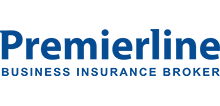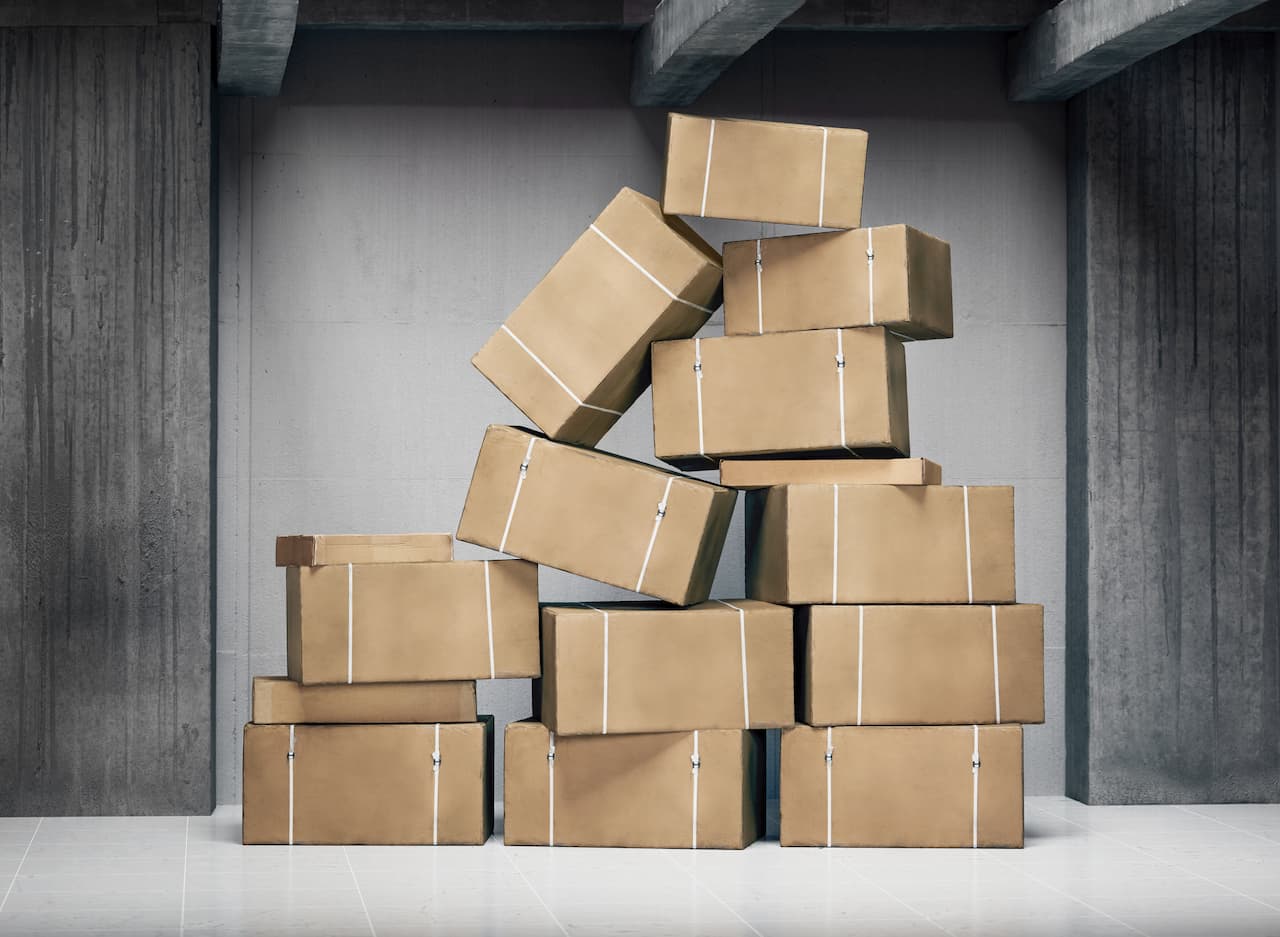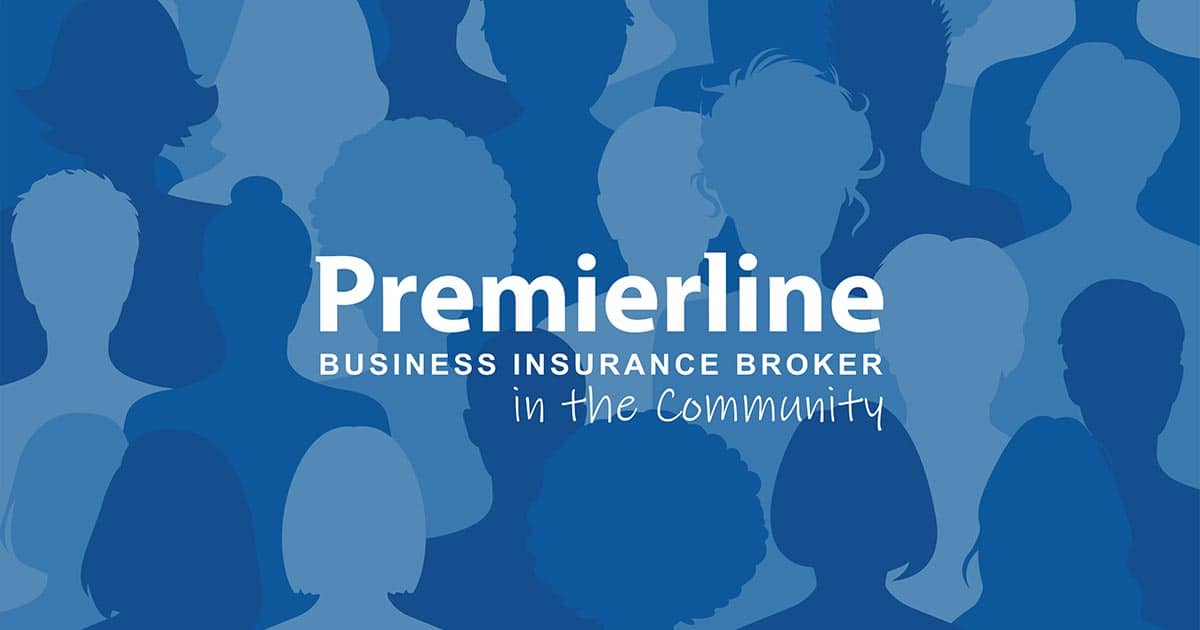Safely store stock to protect your customers & staff
However, whilst this method of stacking shelves creates more room for products, it can also create a hazard for customers or staff, who may be at risk of injury from falling objects.
Take a look at this guide on how you should correctly stack your shelves to make the most of the room you have in your store, whilst keeping customers and staff safe.
Keeping people safe on your shop floor
The shop floor is where the most amount of people could be exposed to the risk of falling objects, as there are customers, staff and other visitors who could potentially be struck by falling objects. Here are some of the ways people could be in danger on a shop floor.
- When using a tower display, customers may need to reach for the products on higher tiers.
- Customers may be tempted to use your ladders or steps to reach objects.
- Items may be accidentally knocked around on a shelf, causing them to fall later.
- Children may accidentally knock into shelving, causing items to fall.
- Faulty equipment may cause shelving to become unstable.
Mitigating these risks can be fairly simple. Consider some of these steps to ensure items on your shelving is safe.
- Use signage to inform customers that only qualified individuals should be using any ladders or steps to reach objects or if you can, remove these from the shop floor altogether if no longer using them.
- You could also consider signage which encourages customers to ask staff to reach for higher objects, rather than reach themselves.
- Your team will know what to look for in slips, trips and fall hazards. Train them to spot the signs of potentially dangerous shelving hazards.
- Set a time throughout the day for staff to tidy the shelves in designated areas of the shop. This is an opportunity to tidy a shelf, put misplaced objects back in the right place and remove clutter.
- Regularly check shelving to ensure it is fit for purpose. It should not be damaged in any way and should be stable enough to withstand light knocks.
Protecting your team in the warehouse
Your warehouse area might be off limits to the public, and whilst there may be fewer people at risk, the danger can often be much higher. Here are some ways you can prevent accidents from occurring in your warehouse:
- Prevent unauthorised individuals from gaining access.
- Use signage to show non-staff areas that are off-limits.
- Use signage to help your team know the hazards of stacking shelves at height.
- Install mirrors around blind corners to avoid injury from moving vehicles or equipment.
- Provide the right equipment, and training on how to use it, for the people working in your warehouse.
Business insurance with Premierline
Every industry has its unique risks, which is why it is so important to have comprehensive insurance cover that protects you, your team and the business you have built.
At Premierline, we have a wealth of experience in arranging insurance products for both retailers and warehousing businesses, who can provide you with a quote for a bespoke insurance product that can help to protect your business should the worst happen.
Get a business insurance quote online, or speak to one of our insurance professionals.
















